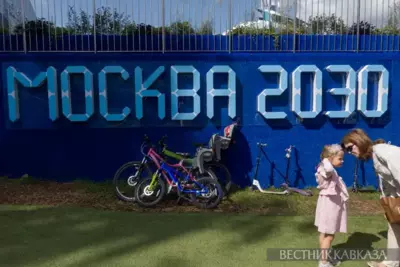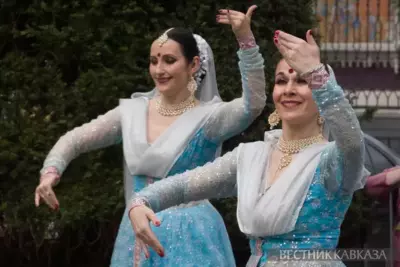A double terrorist attack in Tehran on June 7, which killed 12 people, has become a painful blow to Iran. There are different opinions on who stands behind these attacks, and many observers consider the events in Tehran in the context of escalated confrontation between Saudi Arabia and Iran. Moreover, general of the Islamic Revolutionary Guard Corps, Hossein Salami, directly accused Saudi Arabia of involvement in the terrorist attacks. Salami believes that Riyadh supports terrorist organizations involved in the attack.
If these attacks were carried out by Daesh militants, as representatives of this terrorist group state, this was their first "successful" attack in Iran. Although Iranian leadership compares these attacks to "firecrackers," in reality, Iranian authorities definetely understand that this situation is out of ordinary. Iranian authorities tend to make significant understatements: President Ahmadinejad, for example, once compared international sanctions imposed on the country in connection with Iranian nuclear program to "mosquito bites".
At the same time, the fact is that Iran's special services, strenghened by decades of rivalry with world's strongest intelligence agencies and known for their high professionalism, failed to discover the preparation of such a daring, coordinated terrorist attack in time. It shows that organizers of this terrorist attack had all necessary resources to provide effective logistical support to those who directly carried it out in the very center of Tehran. It should be noted that terrorists chose such "difficult" targets as parliament of the country and Khomeini mausoleum. The attack on mausoleum has a certain religious and ideological nature, while the attack on parliament - a political one. Together, these two objects symbolize the structure of modern Islamic Republic of Iran.

Terrorists definitely took into account the presence of military guard nearby and, accordingly, serious time limitations. The attack was supposed to be short, but memorable. It seems that organizers of this terrorist act didn't pursue the goal of killing as many civilians as possible, otherwise, it would be "more logical" to carry out the attack at one of the markets, and Daesh regularly chooses such targets in Syria or Iraq. It is obvious that using such resonant attack terrorists tried to demonstrate the weakness and ineffectiveness of Iranian security forces and all authorities. It's hard to tell if they succeeded. It can be assumed that one of their task was to kill Iranian politicians in parliament, and they failed to do this. Their other task was to demonstrate the ability to strike state institutions in the heart of Iran, and in this sense, terrorists and their patrons did achieve this goal to a certain degree. There is also no doubt that Iran will do everything possible to respond to these attacks. Judging by the statements of Iranian security forces, in Tehran's mind, Riyadh is the main suspect.
These attacks became another milestone in escalation of conflicts in the Persian Gulf region and made scenario of direct military confrontation with the participation of Iran and Saudi Arabia even more real. Meanwhile, the international coalition, led by the US, once again inflicted strike om the Syrian government troops on June 6. Although Iranian military promised to respond, due to known circumstances, any direct confrontation with the US is avoided. Iran realizes that this can be a step towards a destructive war that cannot be won.






